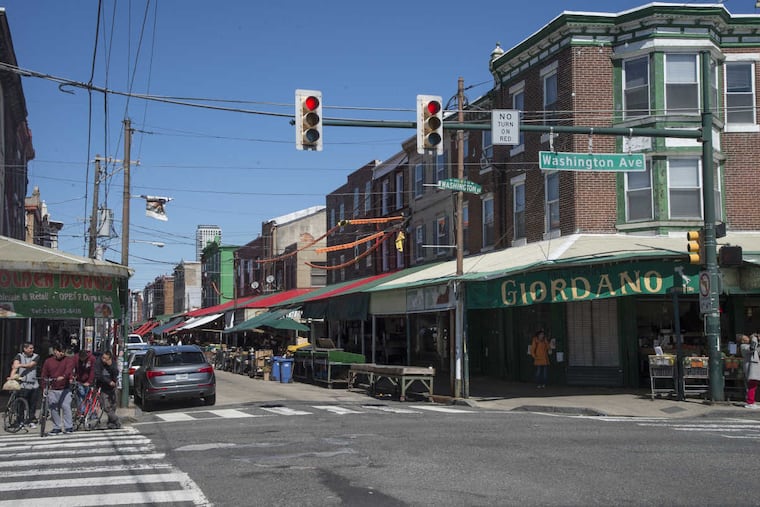Washington Ave. could be a great city street, with new survey pointing the way | Editorial
A majority of neighbors surveyed on Washington Ave. improvements would like to see parking-protected bike lanes, “floating” bus islands, wider sidewalks and shorter distances for pedestrians to cross.
